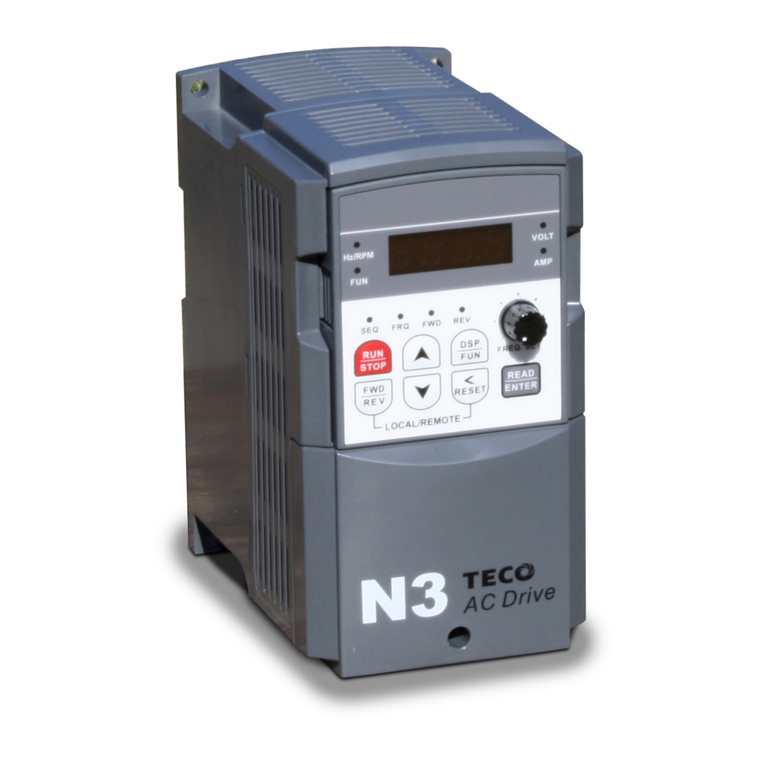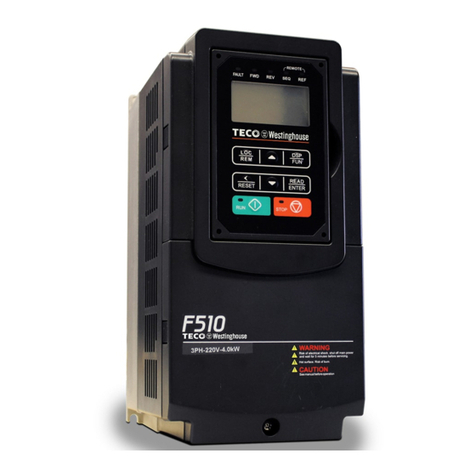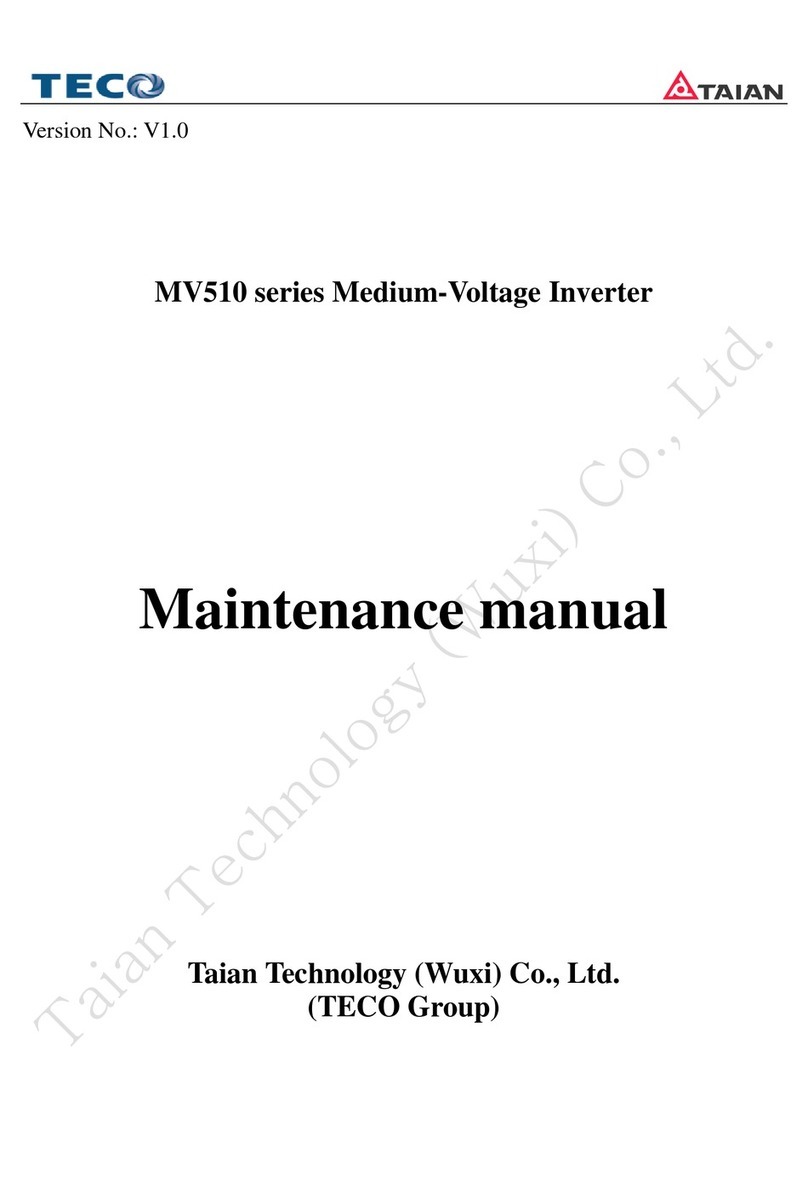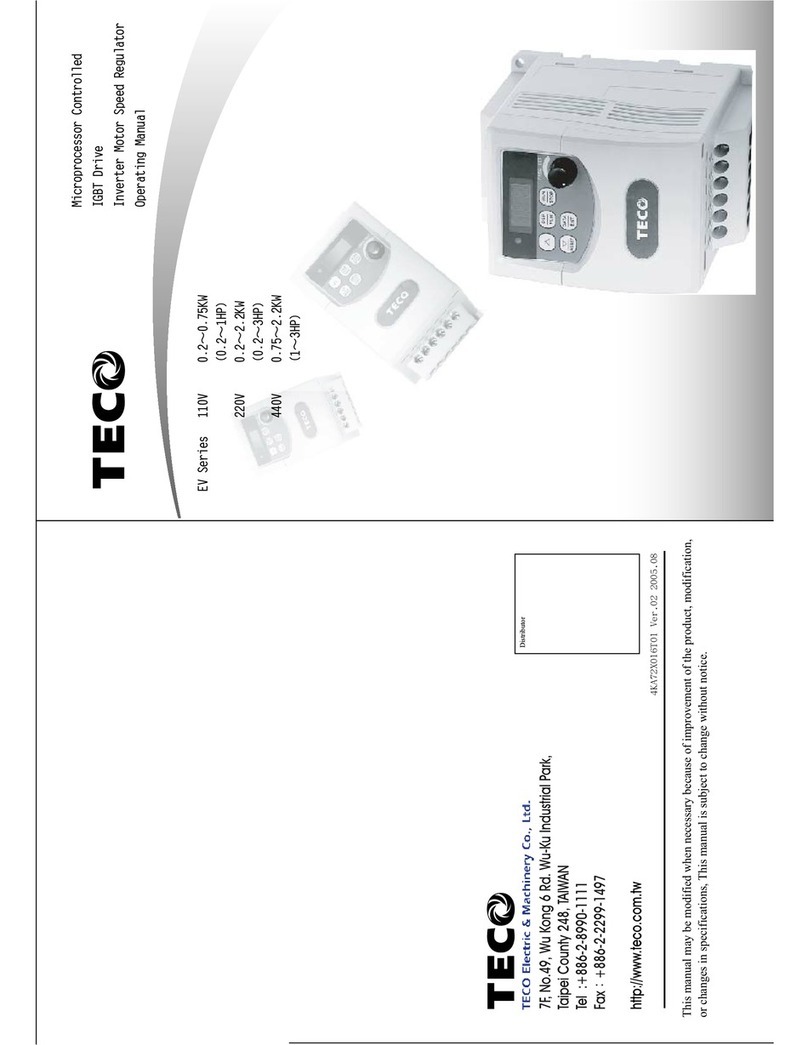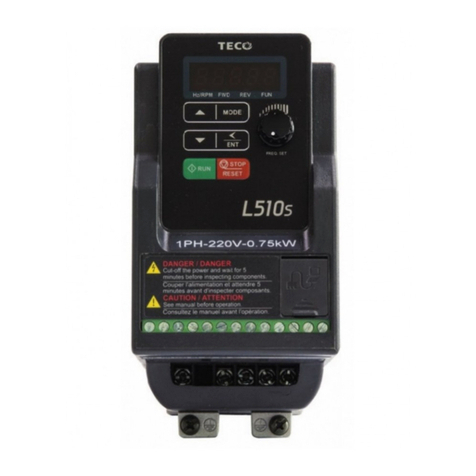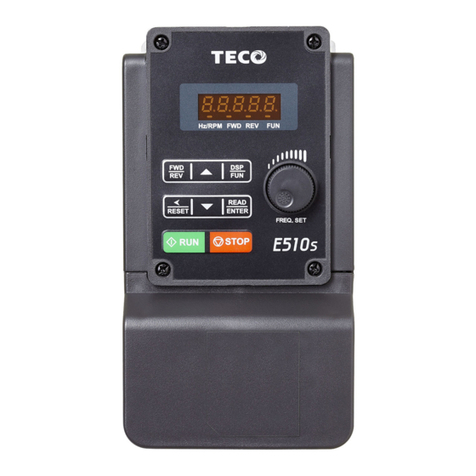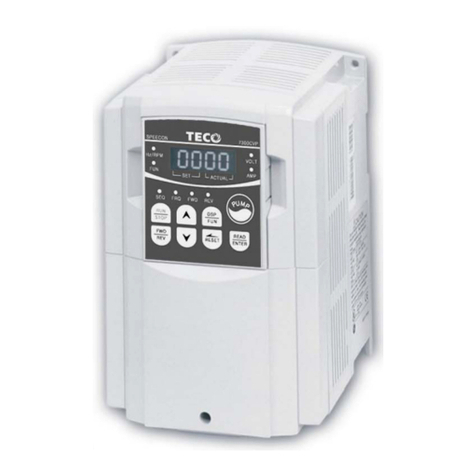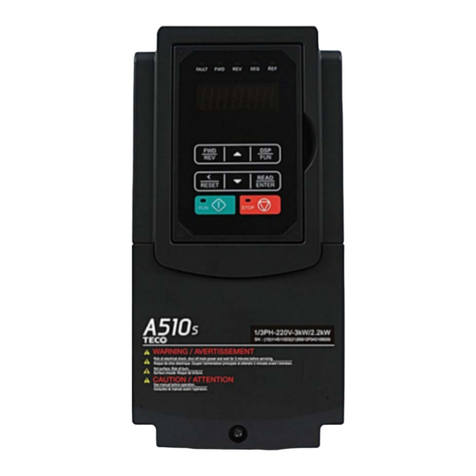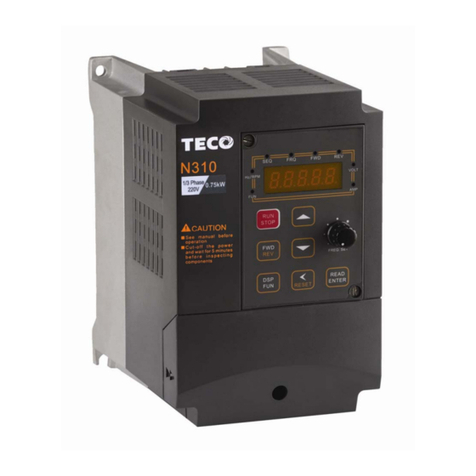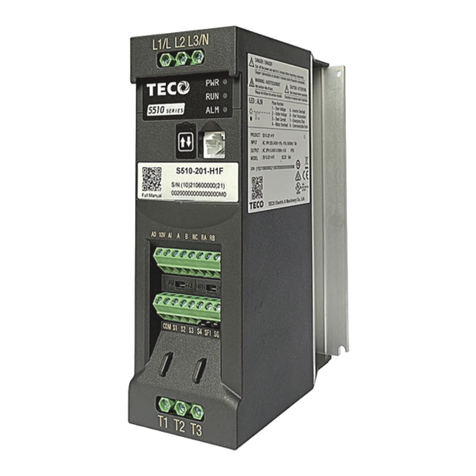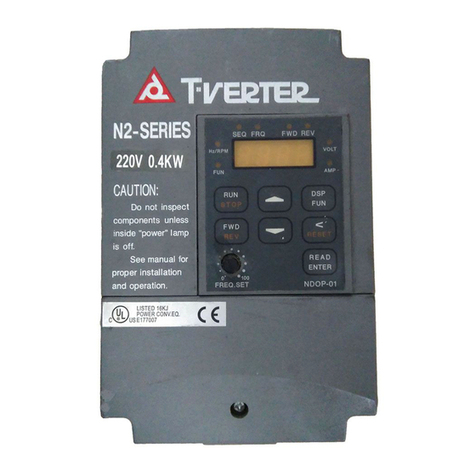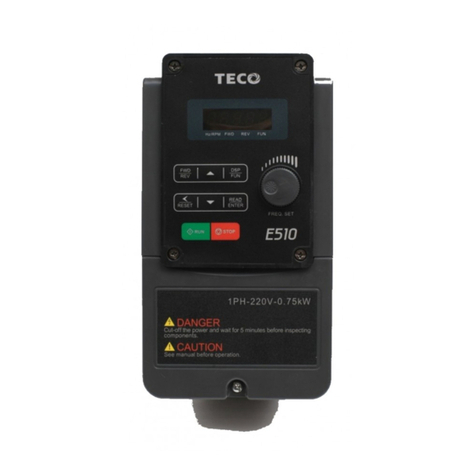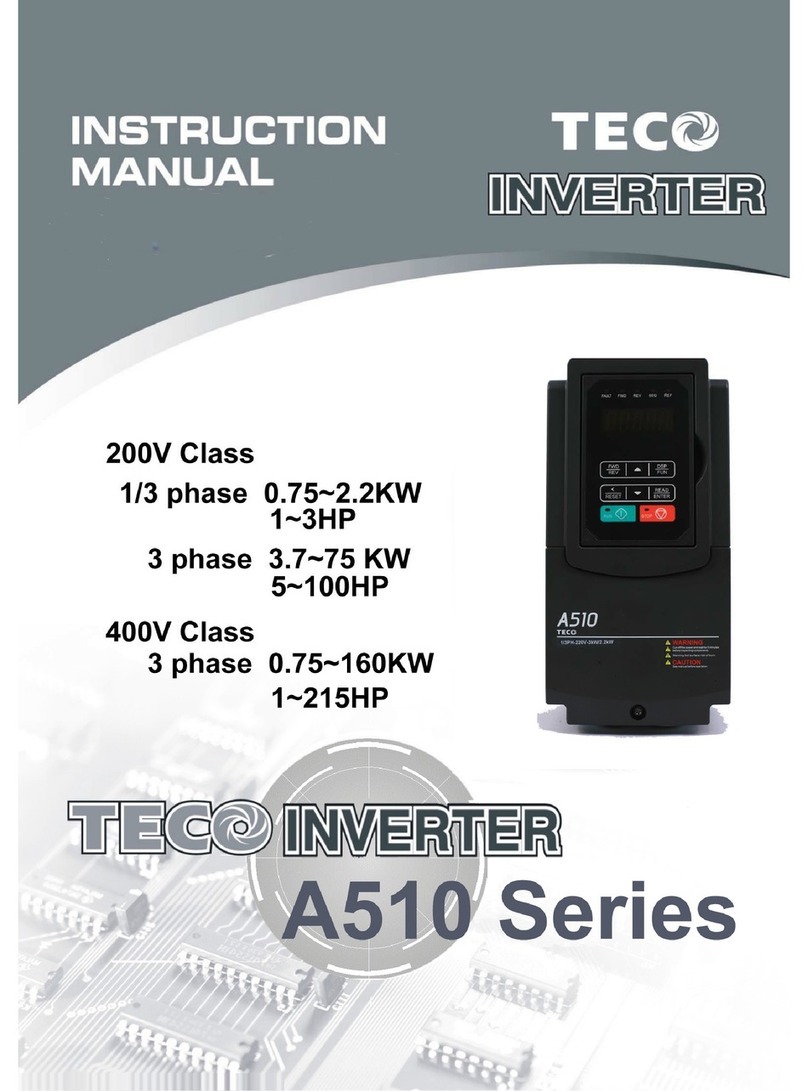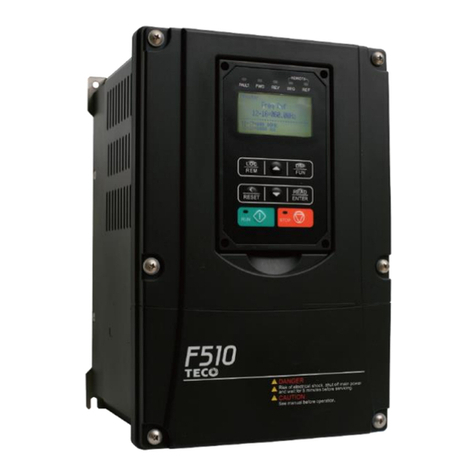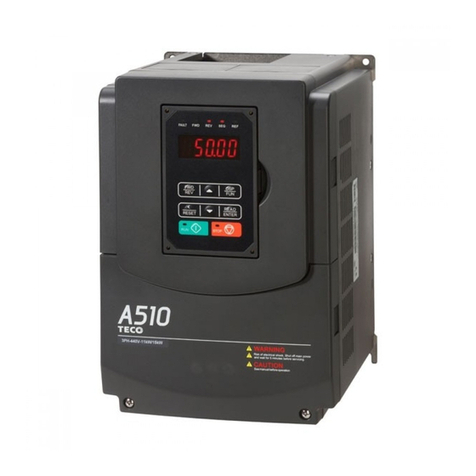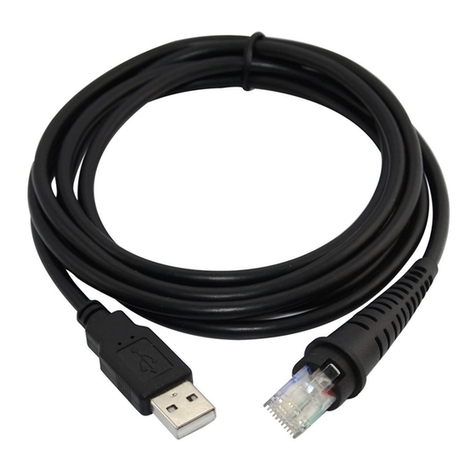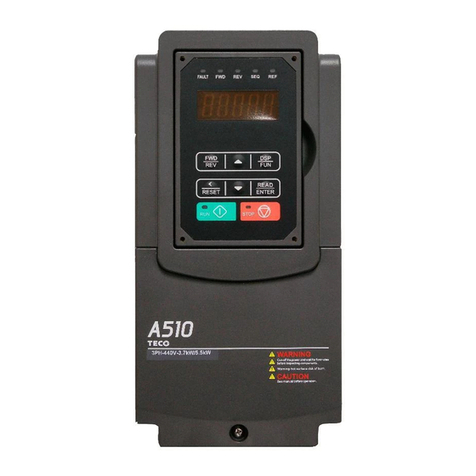
III
7.2 Run / Stop from External Switch / Contact or Pushbutton ........................................................................7-2
7.3 Run / Stop from Serial Communication RS485 .........................................................................................7-4
Chapter 8 Motor and Application Specific Settings...................................................................................8-1
8.1 Set Motor Nameplate Data ........................................................................................................................8-1
8.2 Acceleration and Deceleration Time..........................................................................................................8-2
8.3 Emergency Stop ........................................................................................................................................8-3
8.6 Forward and Reverse Jog .........................................................................................................................8-4
Chapter 9 Using PID Control for Constant Flow / Pressure Applications ...............................................9-1
9.1 What is PID Control ...................................................................................................................................9-1
9.2 Connect Transducer Feedback Signal ....................................................................................................9-3
9.3 Engineering Units ......................................................................................................................................9-4
9.4 Sleep / Wakeup Function ..........................................................................................................................9-5
Chapter 10 Troubleshooting and Fault Diagnostics ............................................................................... 10-1
10.1 General ................................................................................................................................................. 10-1
10.2 Fault Detection Function....................................................................................................................... 10-1
10.3 Warning / Self-diagnosis Detection Function ....................................................................................... 10-7
10.4 Auto-tuning Error ................................................................................................................................ 10-17
10.5 PM Motor Auto-tuning Error................................................................................................................ 10-18
10.6 General troubleshooting ..................................................................................................................... 10-19
10.7 Troubleshooting of the Inverter........................................................................................................... 10-20
10.7.1 Quick troubleshooting of the Inverter ........................................................................................ 10-20
10.7.2 Troubleshooting for OC, OL error displays ............................................................................... 10-22
10.7.3 Troubleshooting for OV, LV error.............................................................................................. 10-23
10.7.4 The motor can not run............................................................................................................... 10-24
10.7.5 Motor Overheating .................................................................................................................... 10-25
10.7.6 Motor
runs unbalanced ............................................................................................................. 10-26
10.8 Routine and periodic inspection ......................................................................................................... 10-27
10.9 Maintenance ....................................................................................................................................... 10-28
Chapter 11 Inverter Peripheral Devices and Options ............................................................................. 11-1
